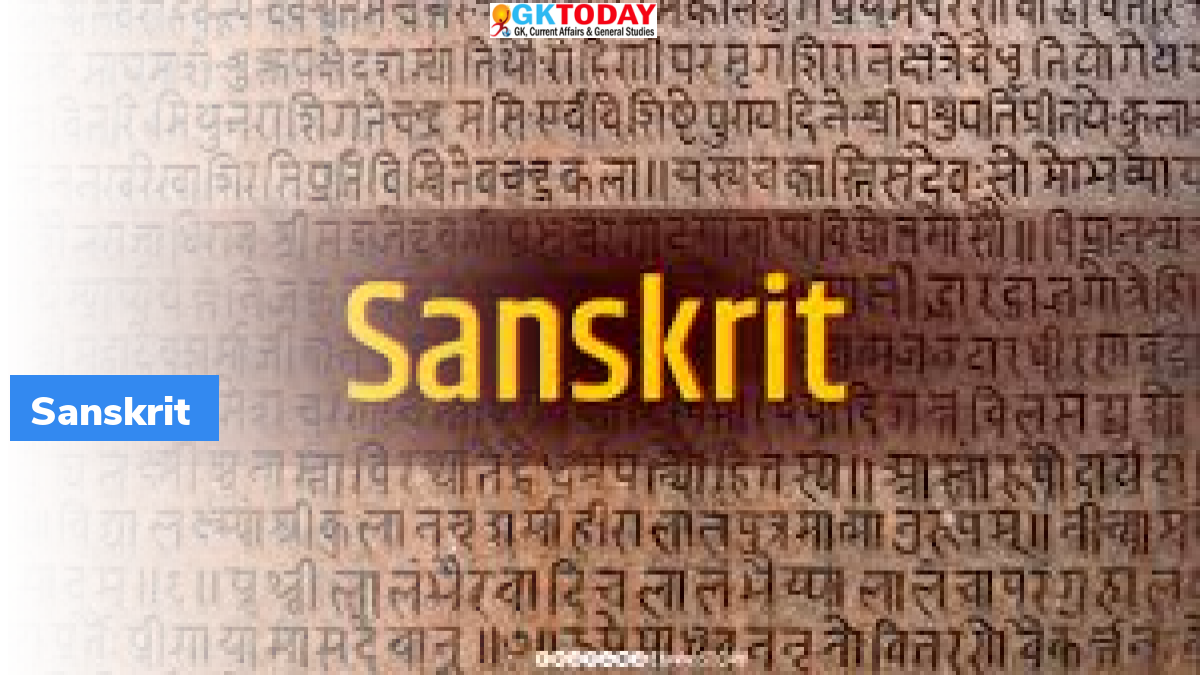Panini Code – a 2500-year-old Sanskrit Riddle
Indian PhD student – Rishi Rajpopa – has solved the Panini code. He released a thesis titled “In Panini, We Trust: Discovering the Algorithm for Rule Conflict Resolution in the Astadhyayi”. This thesis has decoded the problem that was a source of perplexity for Sanskrit scholars for centuries.
Who is Panini?
Panini is a famous Sanskrit scholar, philologist and grammarian. He lived around the 5th century BCE in India and is considered the “first descriptive linguist”. The western scholars consider him as the “father of linguists”.
What is the Astadhyayi?
- The Astadhyayi is one of the most important works of Panini. It is a grammar that essentially defines the ancient language of Sanskrit.
- It has 3,959 sutras (aphoristic threads) in 8 chapters. Each of these chapters are subdivided into four sections.
- It is a prescriptive and generative grammar with algebraic rules governing all aspects of Sanskrit.
- Over the centuries since this work was discovered, scholars have not been able to work out the correct usage of the rules and metarules provided by the Astadhyayi.
- The rules in the Astadhyayi function like an algorithm. If the base and suffix of a word are provided, the algorithm will turn it into grammatically correct words, phrases and sentences. This makes it a meticulous process.
- The conflict occurs whenever two or more of Panini’s rules are applied simultaneously, which is usually the case.
- In such events, Panini’s metarule could be used. The scholars have interpreted metarule as “in the event of a conflict between two rules of equal strength, the rule that comes later in the grammar’s serial order wins”. However, this often provides grammatically incorrect results.
Rishi Rajpopat’s thesis
In this thesis, Rishi Rajpopat rejected the traditional interpretation of the metarule and argued that Panini meant that between rules applicable to the left and right sides of a word respectively, the father of linguistics required the interpreter to choose the rule applicable to the right side. This finding produced grammatically correct words almost without exceptions. This discovery allows Sanskrit users to use the rules provided by Astadhyayi more accurately.
Month: Current Affairs - December, 2022
Category: Art & Culture Current Affairs • Awards, Honours & Persons in News


